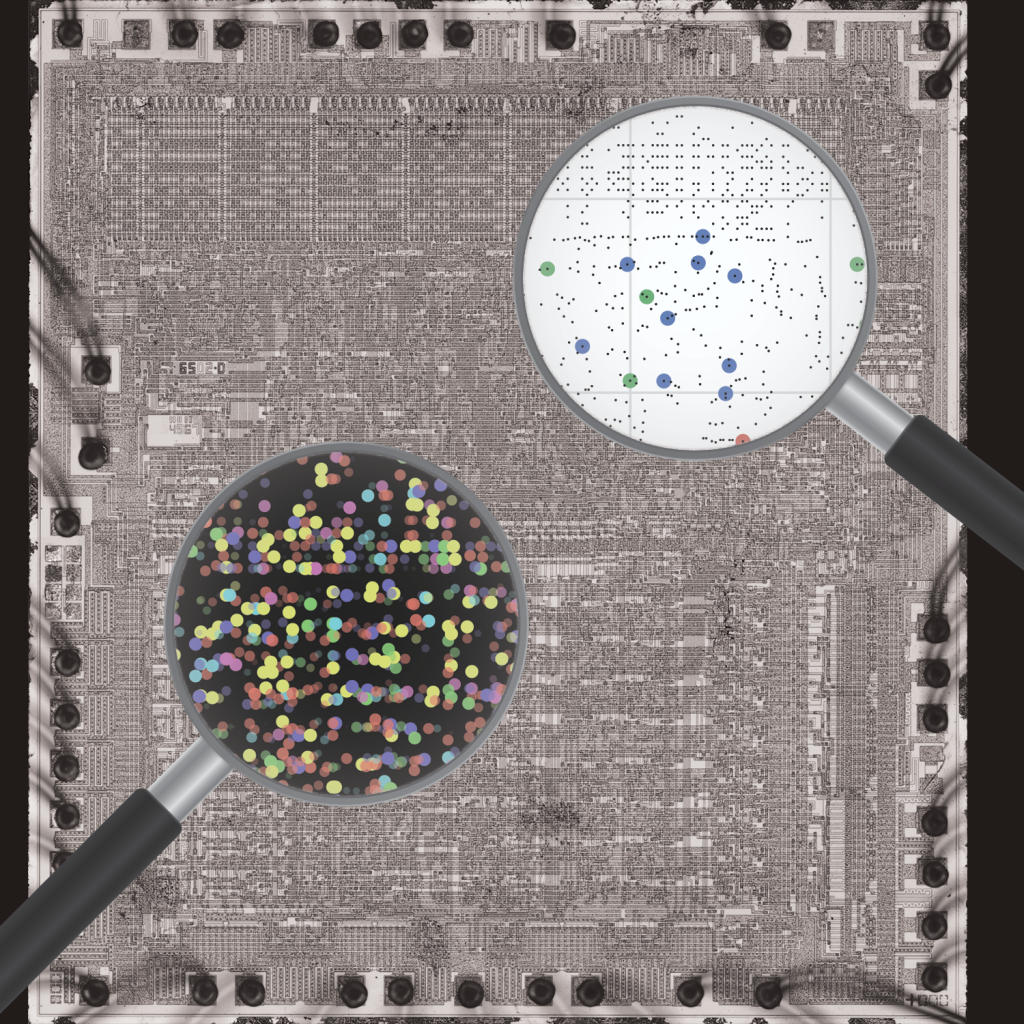Can Big Data Learn to Ask the Right Questions?
-
-
Slice of MIT
Filed Under
Recommended


Dr. Eric Jonas '03, '05, MEng '09, PhD '14 feels like he’s always known what lies ahead in his field. Unfortunately, being ahead—a position he has been in several times—can be as bad as being behind, he says.
That’s a curious comment for someone who has worked on cutting-edge topics—neural data acquisition, machine learning, and big data—since his undergraduate work in Matt Wilson’s neurophysiology group and with Josh Tenenbaum’s Computational Cognitive Science Group in the early mid-2000s. In fact, one of Jonas’s early ideas, predictive database technology developed through a startup called Prior Knowledge, was so innovative that Salesforce acquired it in 2012.
But Jonas feels they’ve always been a bit too early. His first startup, Navia Systems, was building a type of data science platform that’s only now gaining widespread adoption. Similarly, his graduate work on designing chips for faster machine learning was viewed as somewhat unconventional at the time, but now Google and others are actively pursuing this route.
His point is that insight and practical applications from large amounts of data rarely occur in a straightforward way or at lightning-quick speed. “Data provides a map, but that doesn’t actually give you much if you don’t know where you want to go,” he says.
Jonas has been interested in the interplay between computer science and neuroscience since his undergraduate days, and he spent significant time in graduate school on an ill-fated project to build better hardware to acquire neural data. “Ultimately, I looked around and felt like we had all of this data already, but the tools to analyze it were incredibly primitive. That’s what pushed me into machine learning,” he says.

So far, the algorithms and methodological tools to make sense of big data are still limited. In a recent paper featured in Science News and The Atlantic, he and coauthor Konrad Kording attempted to use neuroscientific analysis to see if they could successfully re-identify the inner workings of the video game Donkey Kong, a system much simpler than the human brain. Their methods failed—as would any other current big data method to understand the brain. This suggests that big machine learning insights for complex systems might be years or decades away.
This realization has moved Jonas in the direction of not just bigger data, but smarter measurement: the field known as computational imaging. “We are awash in data, but I’ve come to realize without the right kind of data, we’re still incredibly limited. I believe most interesting scientific discoveries are still going to be driven by new and better measurement tools.”
Jonas left Salesforce to pursue a postdoc with UC Berkeley Professor Benjamin Recht SM '02, PhD '06. In computational imaging, researchers design hardware and software systems together to measure the right information, more effectively. “Why build a microscope to observe every neuron in the brain if our algorithms are simply going to throw away most of that data?” Jonas asks. Instead, computational imaging systems try and figure out what parts of the data are actually important to measure, and they use specialized algorithms to measure just the necessary data. In recent years, advances have led to innovations like cheaper microscopes, light-field photography, and faster MRIs.
There’s a lot of promise. “This work is good for knowledge and the societal goals we care about. Now, we can start thinking how to accelerate scientific discovery,” he says. That may be the long-term, revolutionary impact of his work.







